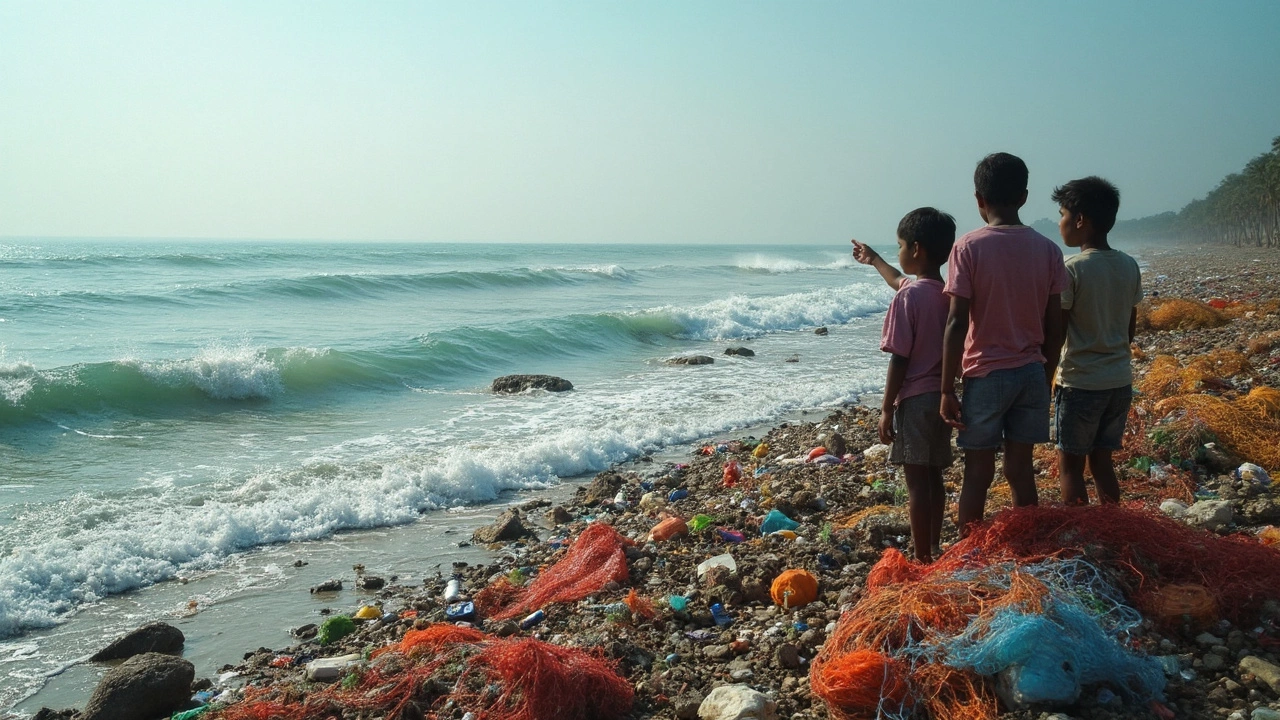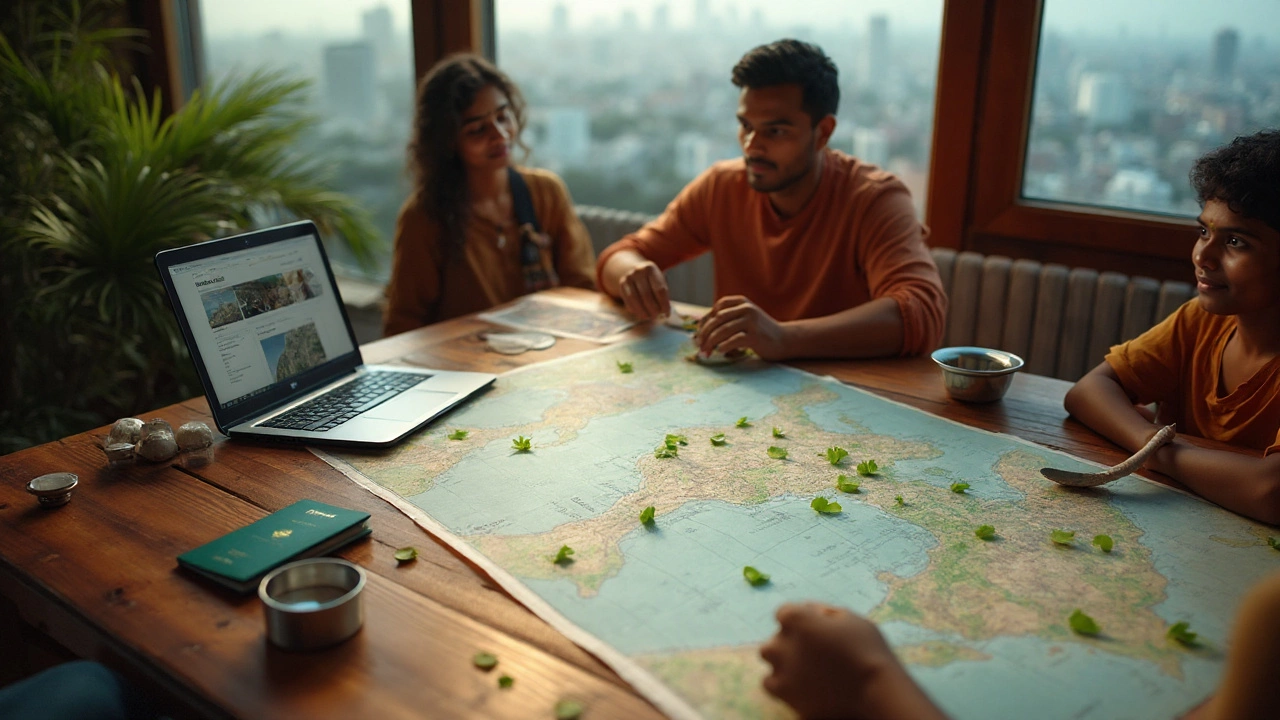Plastic Pollution: What It Is and Why It Matters
When talking about plastic pollution, the buildup of plastic waste in ecosystems, cities and oceans that harms wildlife and human health. Also known as plastic waste crisis, it spreads across every sector of the economy.
One major way to tackle this problem is through recycled plastic, material that’s collected, processed and turned back into useful products. When the amount of recycled plastic rises, the pressure on landfills and oceans drops, which directly cuts down plastic pollution. Another key player is plastic manufacturing, the industrial process that creates new plastic items from raw resin. Modern factories can embed recycled content, choose lower‑impact resins, and adopt cleaner energy, all of which curb the waste stream at its source.
How Demand, Waste Management, and Sustainable Practices Interact
Plastic demand, the market pull for items like packaging, films and automotive parts shapes how much new resin gets produced each year. When demand spikes for single‑use items, waste piles up faster than recycling systems can keep pace, amplifying plastic pollution. Conversely, a shift toward durable, reusable products slows down the waste cycle.
Effective plastic waste management, the collection, sorting and treatment of plastic debris acts as the bridge between production and the environment. Cities that invest in robust sorting facilities and informal recycling networks see measurable drops in litter and shoreline debris. This shows the semantic link: plastic pollution requires solid waste management, and good waste management reduces plastic pollution.
All of these pieces fit under the broader umbrella of sustainable manufacturing, production methods that minimize resource use, emissions and waste. When manufacturers adopt eco‑friendly designs, they cut the need for virgin plastic, lower energy consumption, and make recycling loops tighter. In short, sustainable manufacturing enables lower plastic pollution, while plastic pollution pushes firms toward greener practices.
Below you’ll find a hand‑picked selection of articles that dive deeper into each of these angles—whether you’re curious about the plastics in demand for 2025, the global leaders in plastic production, or practical tips for reducing plastic waste in everyday life. Let’s explore how these topics connect and what you can do next.
Plastic Pollution in the Ocean: What’s the Biggest Offender?
Plastic pollution in the ocean is out of control, but some types of plastic waste are bigger problems than others. This article breaks down which plastic is the worst culprit and why it dominates the ocean trash pile. You’ll get the facts behind the most common ocean plastics, how they get there, and tips for both companies and individuals to tackle the issue. Pragmatic, data-driven, and full of actionable takeaways for anyone interested in making a difference. If you care about ocean health or your company’s environmental footprint, this is essential reading.
- manufacturing
- India
- food processing
- garden tips
- rice cultivation
- government schemes
- balcony garden
- urban gardening
- balcony gardening
- profitable business
- business ideas
- plastic manufacturing
- drip irrigation
- plant care
- steel manufacturing
- sustainable gardening
- startup ideas
- steel industry
- flower gardening
- textile manufacturers






